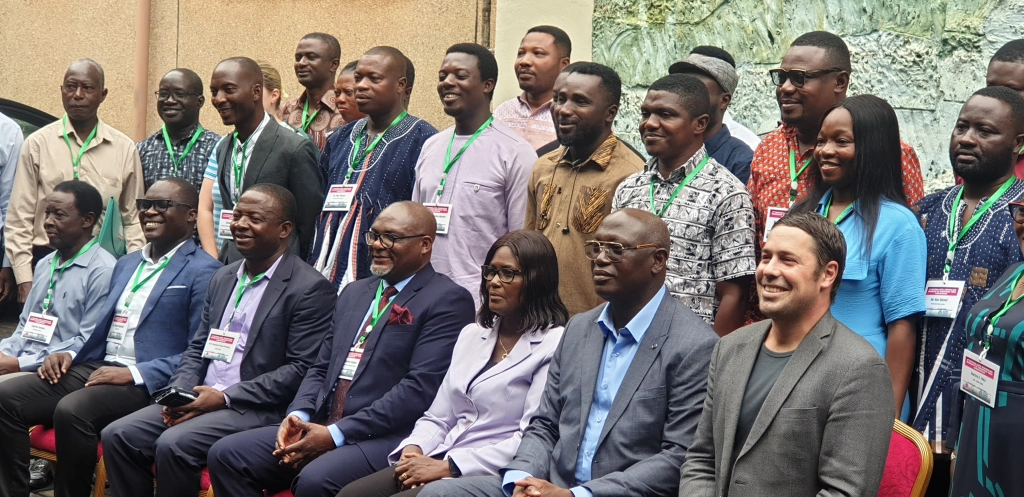
BY HOPE KING - At a quiet workshop at the conference hall of the Forestry Research Institute of Ghana of the Council for Scientific and Industrial Research (CSIR-FORIG) at Fumesua, scientists and conservationists gathered with an urgent mission to rescue Ghana’s disappearing forest resources.
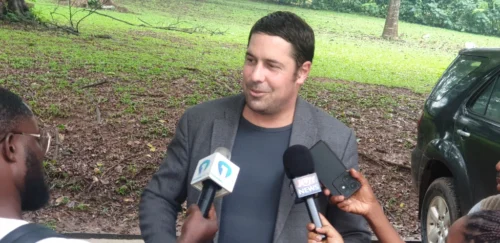
In fact, the numbers tell a sobering story: Of the 60,000 tree species documented worldwide, approximately 8,000 are now threatened with extinction.
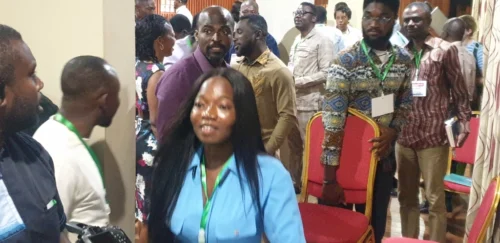
In Ghana, 39 species have been placed on critical watch—trees that could vanish entirely within our lifetime if urgent action is not taken.
That reality brought together an unlikely alliance of Swiss philanthropists, Ghanaian scientists, and community conservationists at the Second Threatened Trees Conservation Workshop, hosted by the (CSIR-FORIG) from October 8–9, 2025.
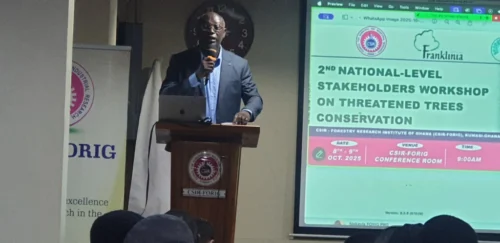

Their shared purpose was to move beyond talking about forest loss and actually stop it.
From Crisis to Action Plan
The workshop was not Ghana’s first attempt to confront its forest crisis. Three years ago, in October 2022, international experts convened for what would become a turning point in the creation of Ghana’s National Conservation Action Plan.
That blueprint, funded by Switzerland’s Fondation Franklinia, identified exactly which trees were slipping toward oblivion and what needed to happen to pull them back.
Now, the question was simple but weighty: Is it working?
Dr. Kwame Antwi Oduro, Director of CSIR-FORIG, opened the two-day gathering by acknowledging both progress and persistent threats.
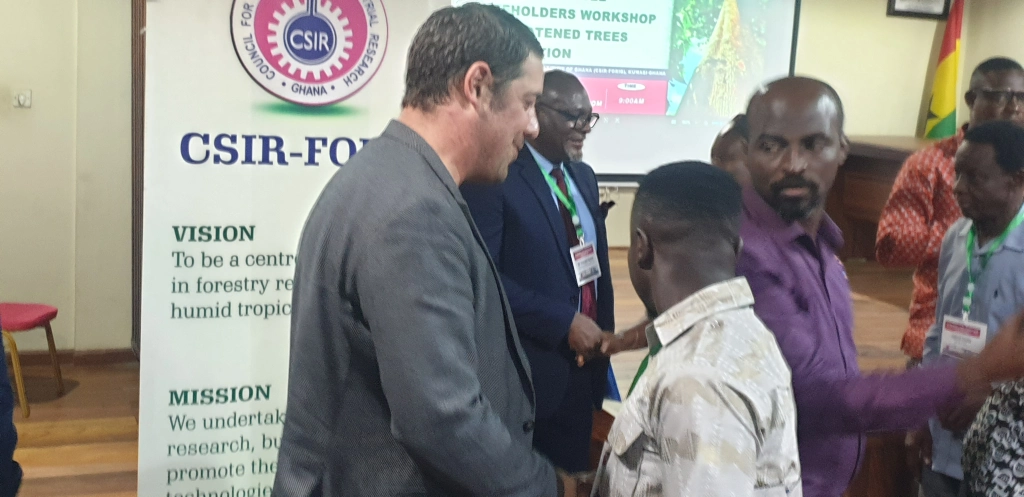
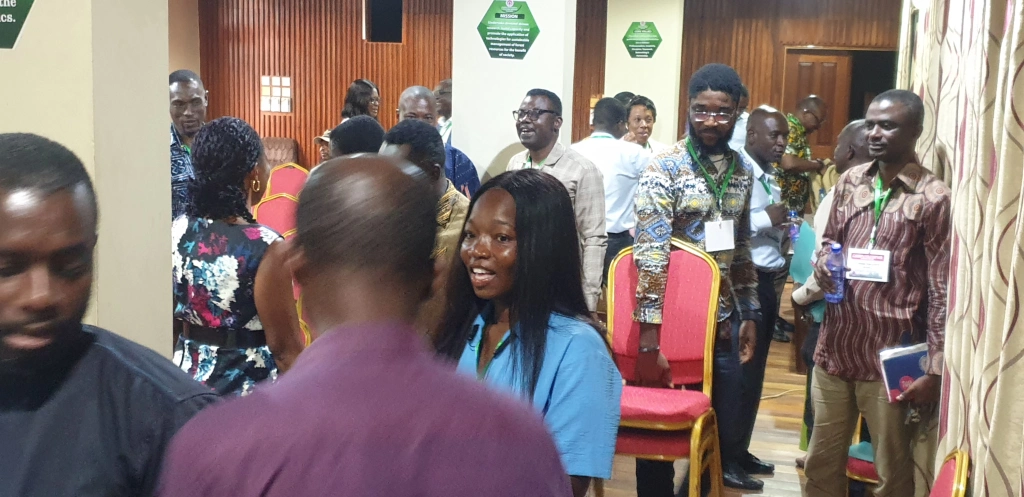
“Despite commendable conservation work, our forest resources are disappearing at an alarming rate,” Dr. Oduro explained, pointing to the twin drivers of destruction: illegal logging and illegal mining, compounded by relentless agricultural expansion.
The ecological stakes extend far beyond trees themselves. Ghana’s forests provide habitat for 80% of the country’s amphibian species, 75% of its birds, and 65% of its mammals. When a tree species disappears, entire ecosystems unravel with it.
The Swiss Connection
Standing before the gathering, Dr. Olivier Hasinger Grant Manager of Fondation Franklinia offered an outsider’s perspective that felt both affirming and challenging.


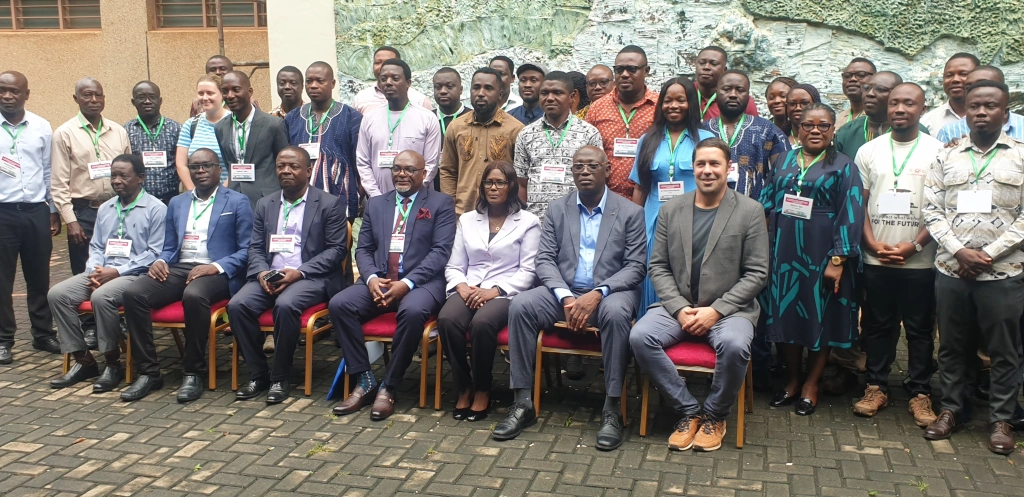
“I’m truly impressed by what has been achieved in Ghana,” he said. “The country stands out in Africa for its strong civil society and political will to conserve forest trees.”
But Hasinger’s praise came with implicit pressure.
Fondation Franklinia—established in 2005 with a singular focus on saving threatened tree species worldwide—doesn’t fund projects without expecting results.
The foundation’s continued investment in Ghana signals confidence but also expectation. Their partnership model is practical, not merely symbolic.
Fondation Franklinia supports the identification of mother trees (specimens healthy enough to produce viable seeds), funds seed collection expeditions, and finances nurseries where endangered seedlings are propagated for eventual replanting.
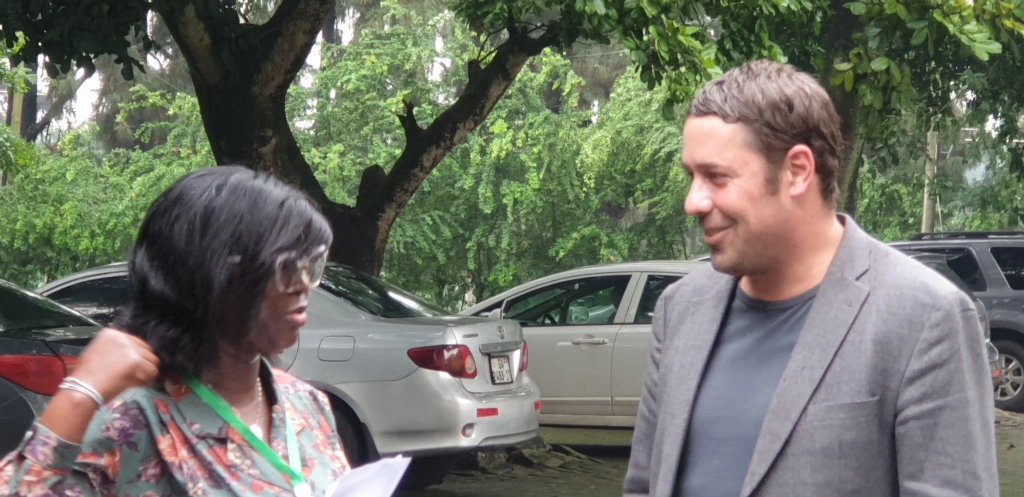


Four Species on the Brink
Dr. James Ampomah, the project coordinator, laid out what the past three years of work has produced.
Four critically endangered tree species have been prioritized for immediate intervention. (While Dr. Ampomah didn’t name them publicly at the workshop, these species represent Ghana’s most precarious forest genetics—trees that exist in such small numbers that a single disease outbreak or logging operation could erase them entirely.)
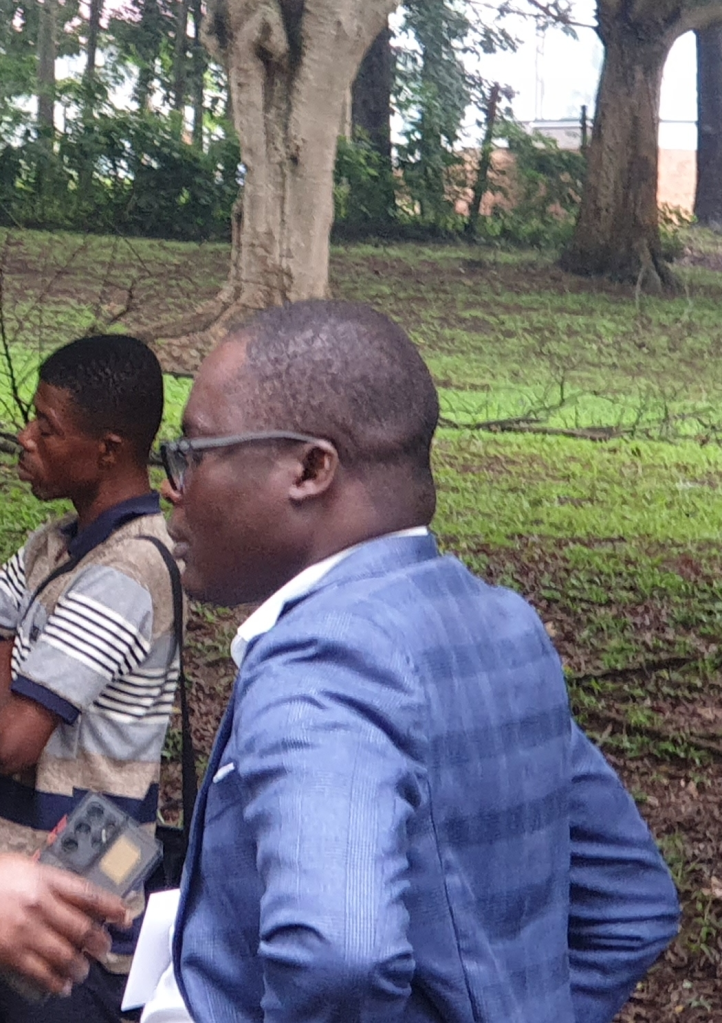
The project team has conducted systematic surveys across Ghana’s remaining forest zones, collected seeds from surviving mother trees, and established propagation protocols to raise seedlings.
But the work does not stop at the nursery gate. “We have completed habitat suitability mapping to ensure that planting aligns with ecological conditions,” Dr. Ampomah explained.
It is a crucial detail: You can not simply plant an endangered tree anywhere and expect it to survive. Each species has evolved for specific soil types, rainfall patterns, and elevation ranges. Plant in the wrong location, and you have wasted years of careful cultivation.
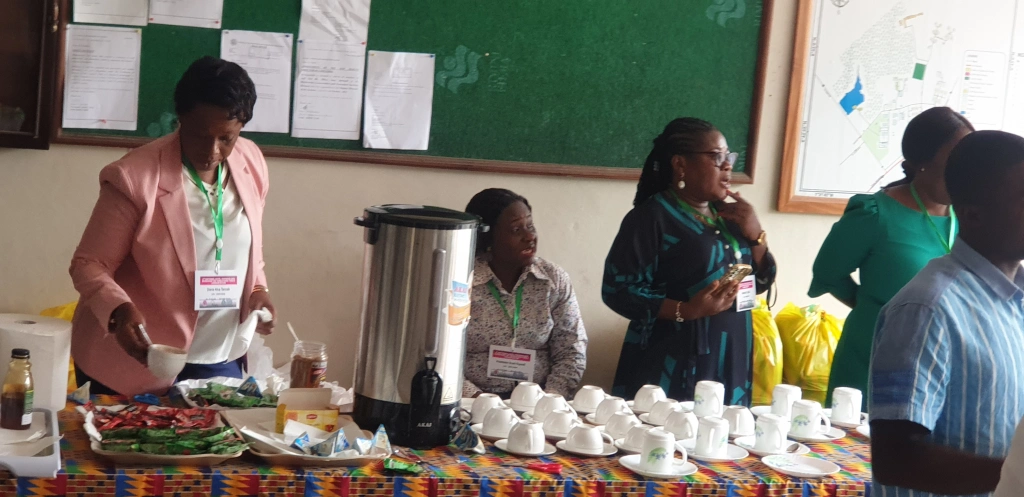
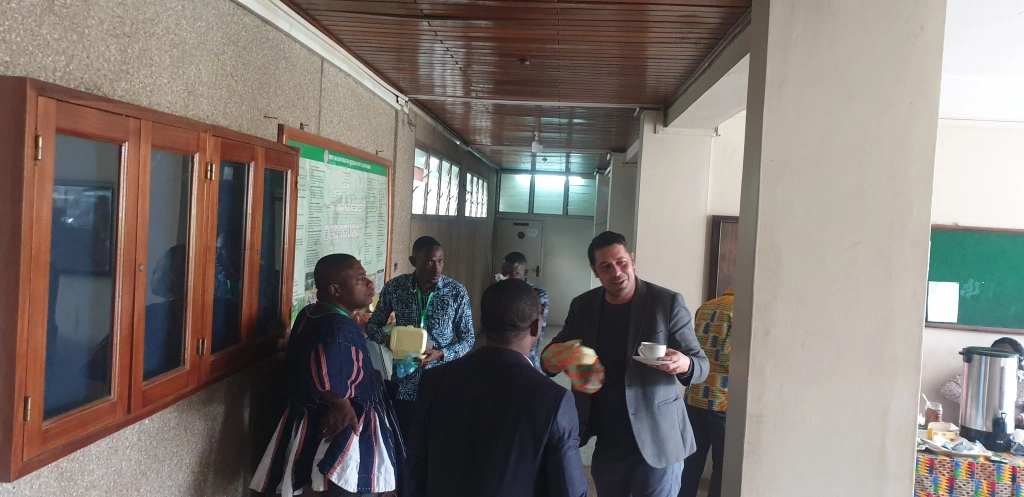
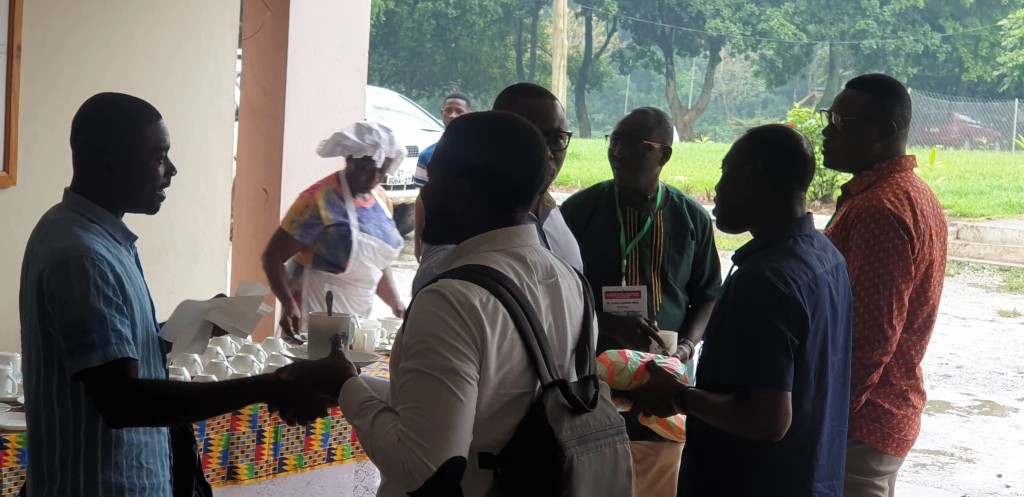
The project currently collaborates with seven organizations working across multiple restoration sites—including Begoro, Feyiase, Bia Tano, and the Atiwa Forest.
These are not random locations. Each represents either a remnant habitat where threatened species still cling to existence, or a degraded landscape that once supported them and could again.
The Community Question
What was discussed among some participants at the workshop looms large over every conservation project in Ghana was the human dimension.
In a chat with this news portal they said:
Forest conservation doesn’t fail because scientists lack technical knowledge. It fails when local communities see forests as obstacles to their livelihoods rather than assets worth protecting;
It fails when a farmer facing food insecurity is told he can not clear land for cassava because an endangered tree grows there.


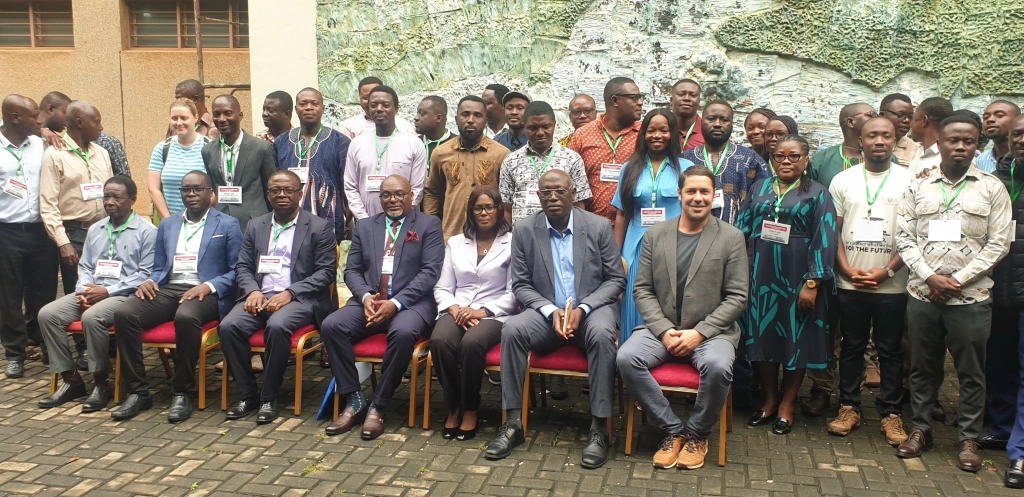
It fails when illegal miners can make more money in a week than forest-dependent communities earn in a year.
And so,the mention of “distribution to communities and organizations” in Dr. Ampomah’s remarks hints at this challenge.
“For tree conservation to work long-term, communities must become custodians, not adversaries. That requires benefit-sharing arrangements, alternative livelihoods, and a fundamental shift in how Ghanaians perceive forest value”, a participant shared.
Another participant cut in:
Ghana’s 39 threatened tree species won’t be saved in a workshop. They’ll be saved—if they’re saved—in the forests themselves.
By community members who choose protection over exploitation. By enforcement officers who actually enforce the law. By policymakers who prioritize long-term ecological health over short-term economic gain.


And by scientists who continue the essential work of surveying remnant populations, collecting seeds, raising seedlings, and mapping habitat suitability—knowing that a single species’ survival might depend on getting every detail right.
Political Will Meets Ground Reality
Chairing the workshop,.Mr. Kwamena Quaison from the Ministry of Environment, Science and Technology struck a diplomatic but urgent tone.
He acknowledged the contributions of all stakeholders while calling for “greater openness and intensified efforts” to restore Ghana’s forest cover.
It was the kind of statement that could mean everything or nothing, depending on what follows. Ghana has environmental laws on the books. It has protected forest reserves. It has international commitments to reduce deforestation. Yet the forests continue shrinking.
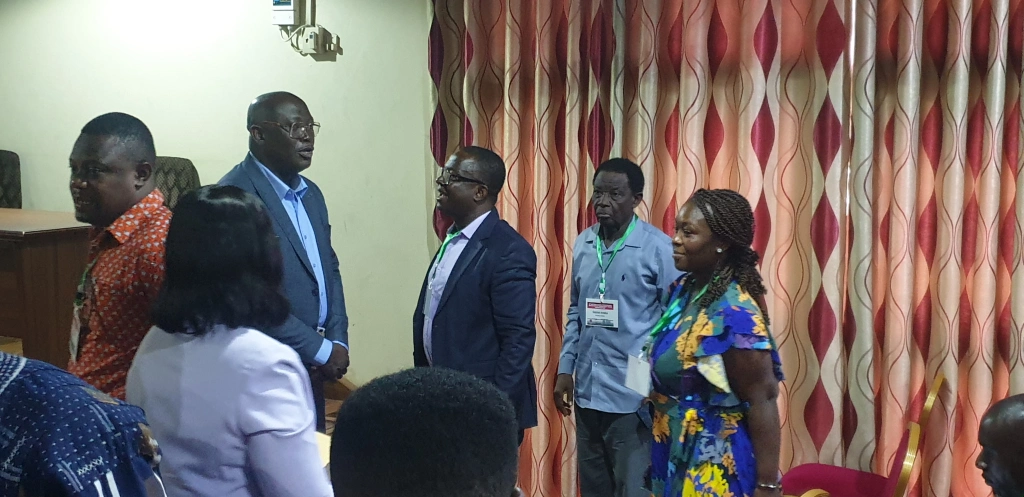
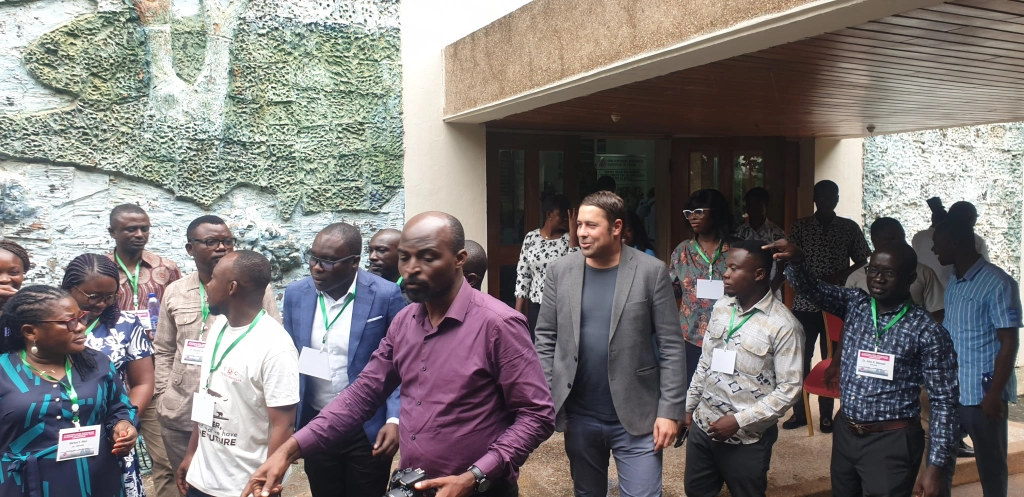


Many of the participants realized that the gap between policy and enforcement remains Ghana’s greatest conservation challenge.
Illegal logging persists because the financial incentives are enormous and the risks minimal.
Illegal mining (galamsey) devastates forest landscapes because the gold economy operates largely outside regulatory control. Agricultural expansion continues because Ghana’s population is growing and people need to eat.
